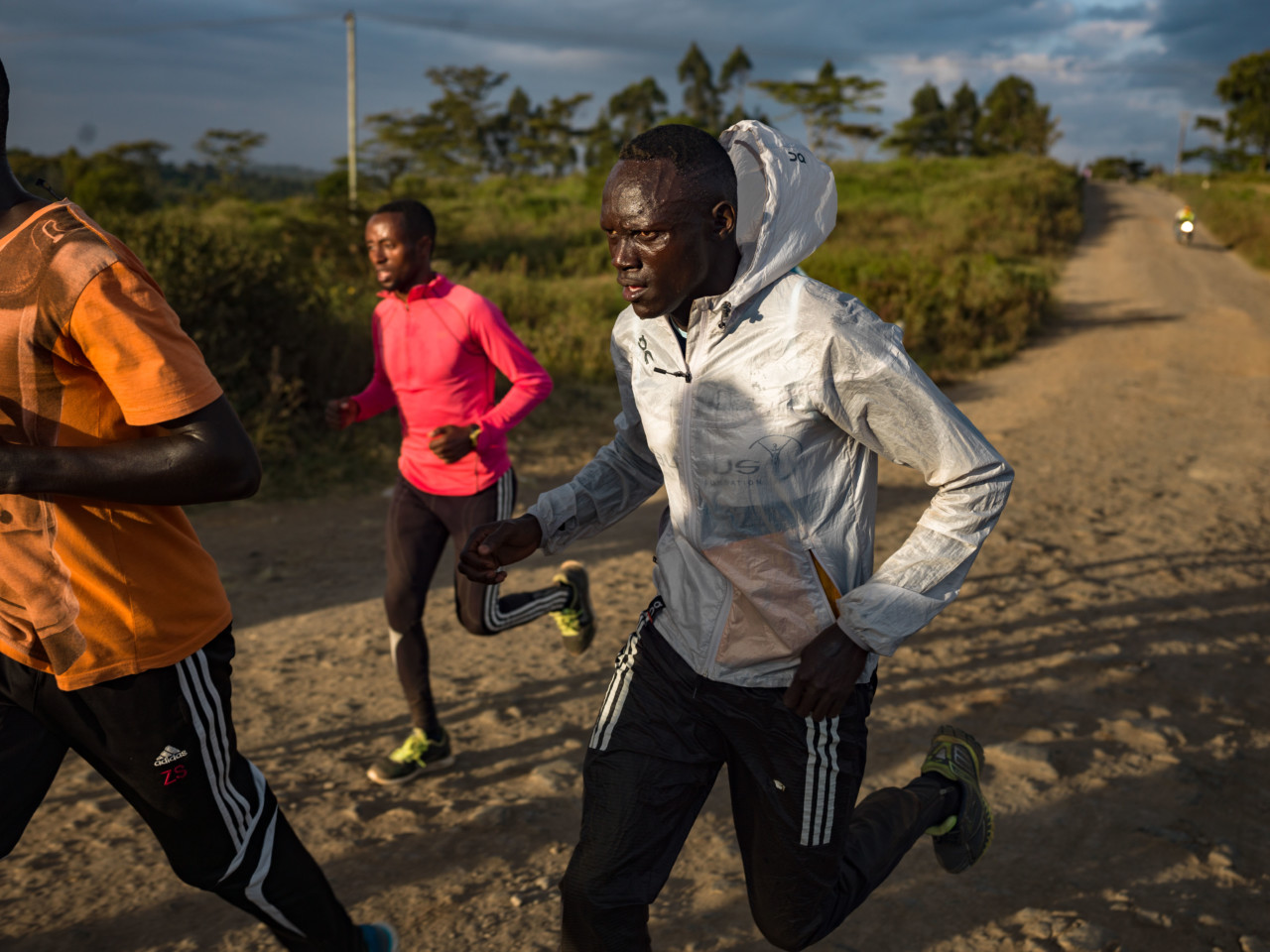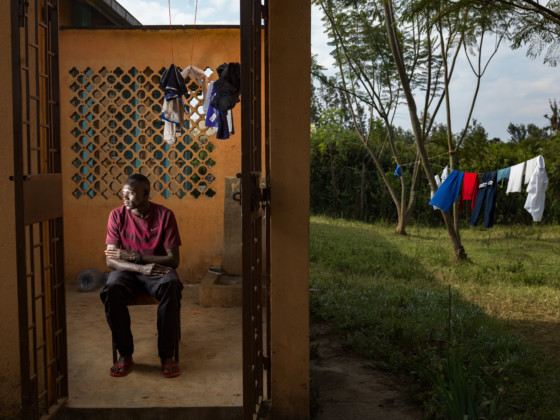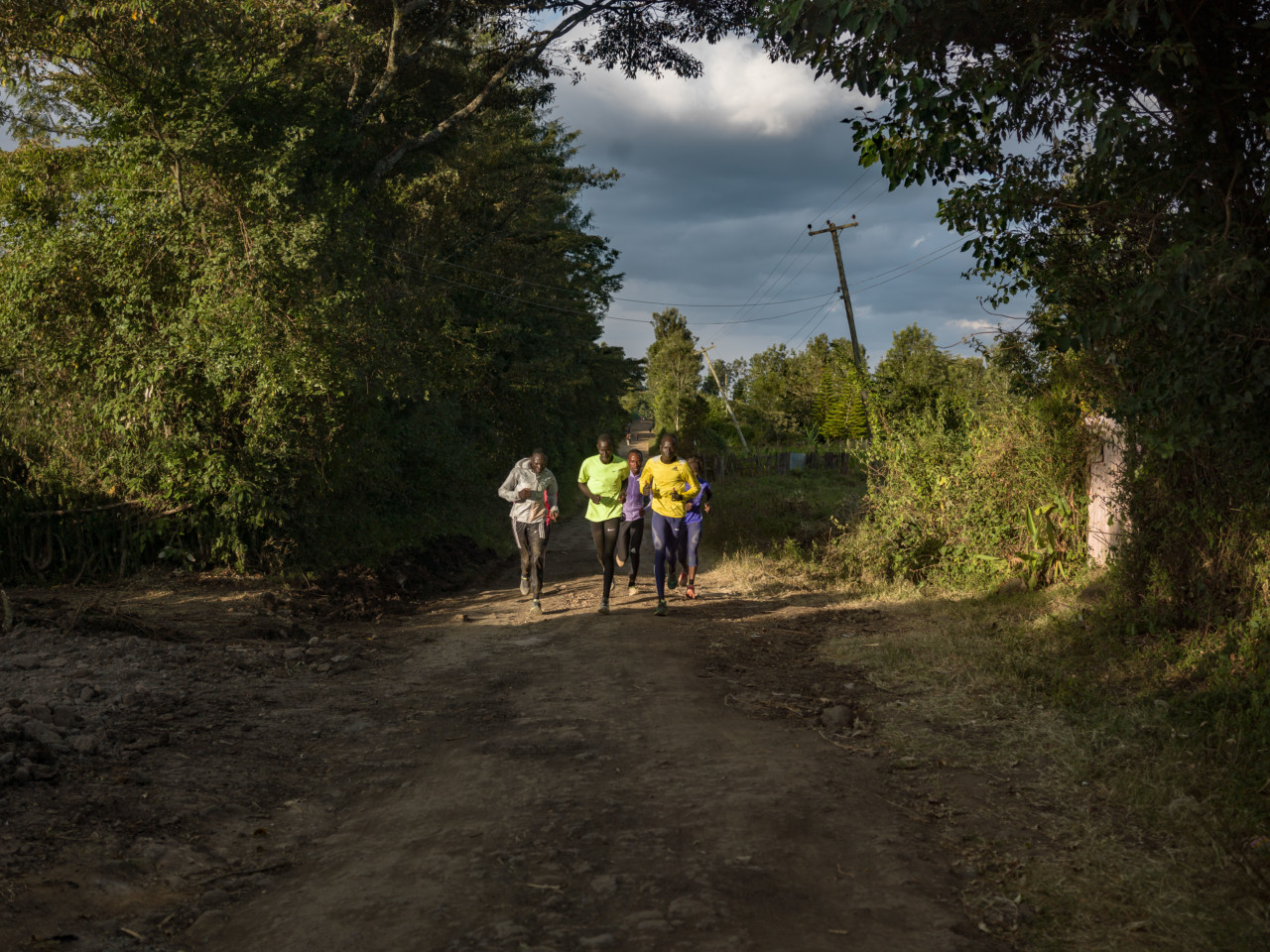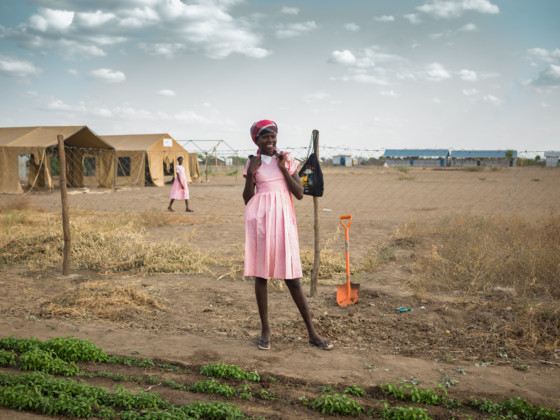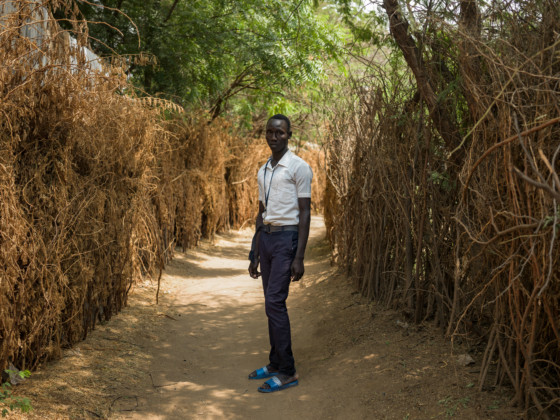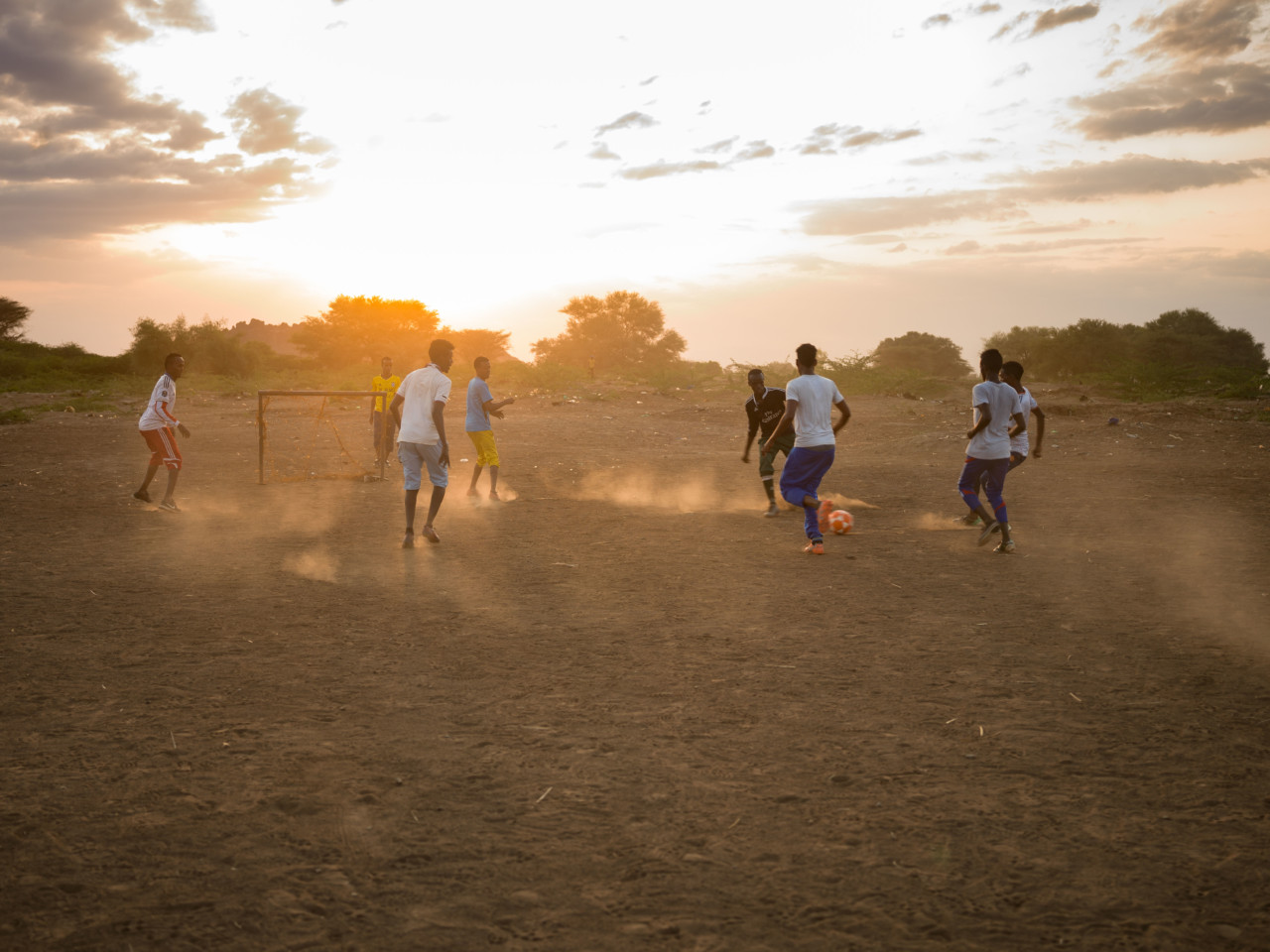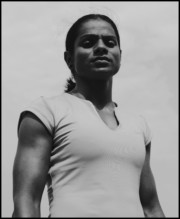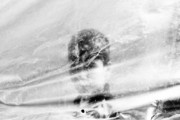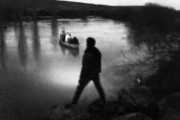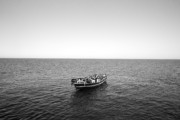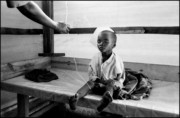Training For the First IOC Refugee Olympic Team
Newsha Tavakolian photographs the home of the Sudanese refugees in training for the Rio 2016 Olympics
Amongst the prolonged limbo that the people living in refugee camps exist in, Magnum’s Newsha Tavakolian documents a positive story of hope. The Kakuma refugee camp in Kenya, which was first intended as a temporary shelter for Sudanese refugees fleeing civil war, has become a long-term home to thousands. Conditions are desperate and resources are scarce but, despite this, five of these Sudanese residents are competing in the Rio 2016 Olympics in a 10-strong refugee team, which also includes refugee athletes from Syria via Germany and Belgium, The Congo via Brazil, and Ethiopia via Luxembourg.
"Pur, our friend and I have only one pair of shoes and two school uniforms between us"
-
Training at the Tegla Camp for refugee athletes near Nairobi, the Sudanese refugee runners taking part in the Rio Olympics are James Chiengjiek (400m), Yiech Biel (800m), Paulo Lokoro (1500m), Rose Lokonyen (800m), and Anjelina Lohalith (1500m). Many of the Sudanese athletes in the Refugee Olympic team hadn’t run in training shoes until this year. Despite placing last in his first-round heat for the 400m race on Saturday, August 13, James Chiengjiek said, “Every one of us is using their time well here, representing peace for the sake of their countries.”
While shooting the runners and their former camp home, Newsha Tavakolian spoke to a friend of athlete Yiech Pur Biel, who told her, “Here we have nothing. Pur, our friend and I have only one pair of shoes and two school uniforms between us. This is all we have. Life here is very difficult for us. We have been here now for 11 years without having known what happened to our parents and our youngest brother.”
"It's inspiring to see these athletes make do with what they have "
-
“This wasn’t the easiest assignment, but very interesting,” Newsha Tavakolian says. “It really touched me to see how they and their families are living in very poor conditions. They lack equipment, clothes and, at times, even food. Being there made me reassess the complaints some youths have in big cities. It’s inspiring to see these athletes make do with what they have and they – to me – are an example for many across the world.”
“When I went to take pictures of the mother of James (Chiengjiek), a very thin and frail woman, I told her I’m here because of James. She said she told him to continue his studies instead of running. She still didn’t understand that her son would compete. Without TV and any news, being an athlete, to her, seemed as a waste of time. But later when I met some youths who had a TV, they told me James was their example and the only way to have a future was through sports.”


